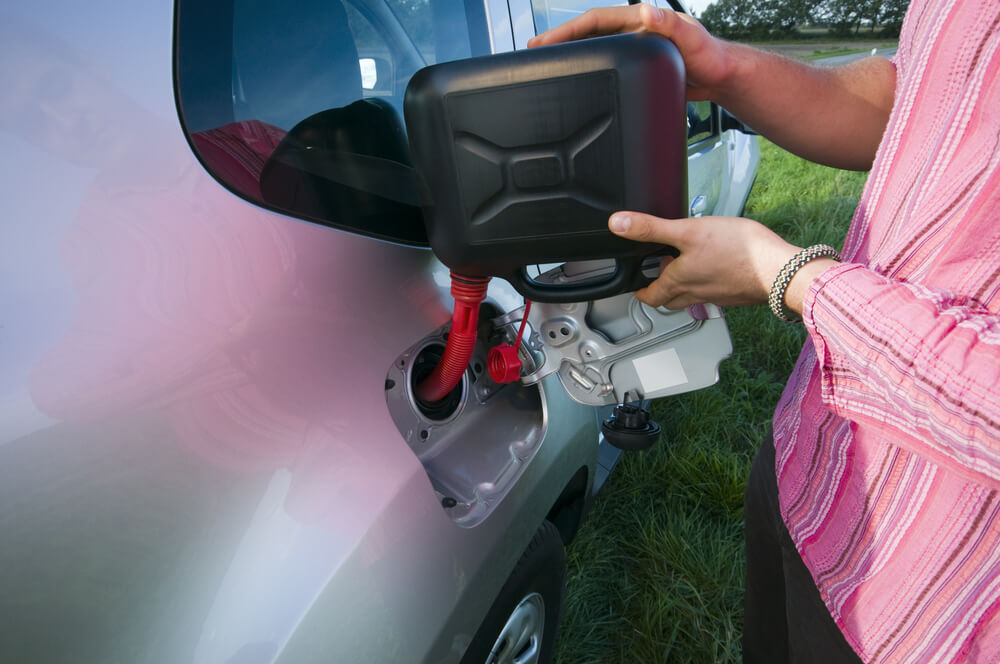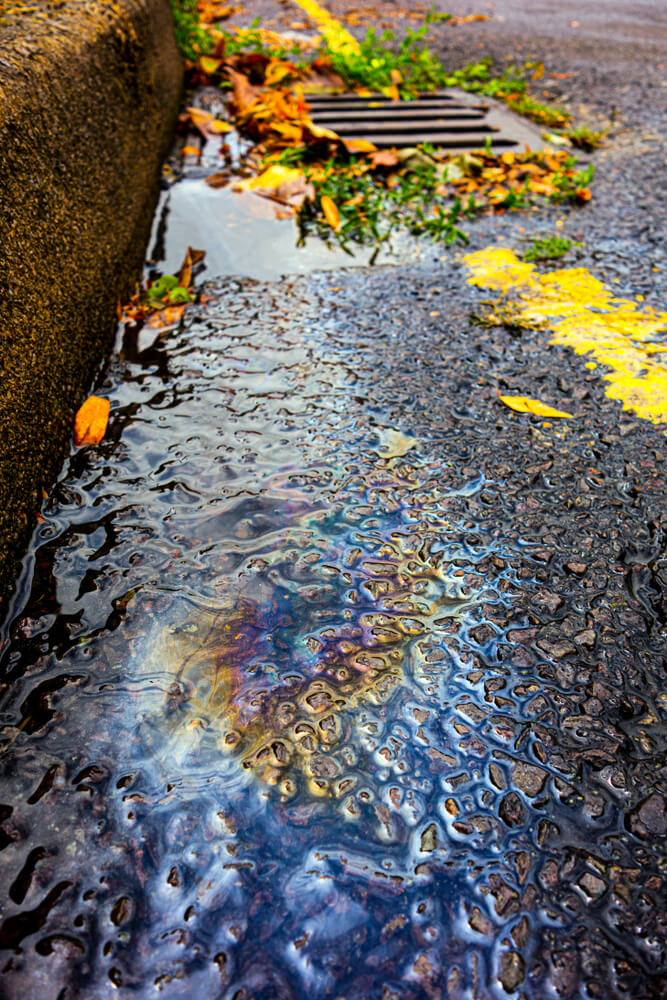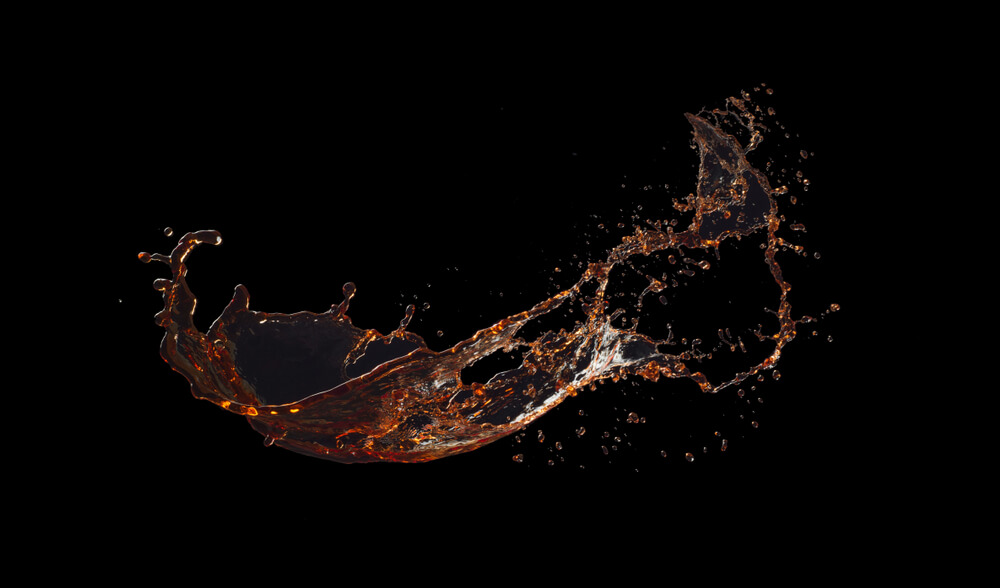Storing petrol can be useful if your car requires a top up or if you have to refill your lawnmower. However, since it can be a volatile substance, it’s essential you take all the precautions necessary to make sure it’s kept in a safe manner.
The following is important information you need to know when it comes to handling and storing petrol.
Important: When filling up and storing petrol, avoid consuming, inhaling or making any physical contact with fuel. If you’re experiencing any negative effects as a result of exposure, seek advice from a medical professional or dial 000.
![Man refuelling his car with a jerry can of petrol]()
How to fill fuel containers safely
- Fill containers on the ground.
Static electricity can ignite petrol, which is why it’s important to keep containers grounded when filling up to release this energy. Once grounded, you should touch the container with your bare hands, to get rid of any static that could be left in your body. - Secure the container.
Spilling petrol can be hazardous because it’s a highly flammable substance, so make sure the container you’re filling up is steady and won’t tip over. - Position the fuel nozzle correctly.
The nozzle should stay in contact with the container while it’s being filled. This will ensure it stays stable on the ground and static doesn’t build up from movement. - Never fill petrol containers in your vehicle.
The last thing you want is petrol leaking in your car. Not only can the fumes be harmful to your health, but the fuel itself can catch on fire if it’s exposed to static or another ignition source. - Don’t fill containers to the top.
Since petrol expands when it heats up, it’s important to leave some room in your storage container. With that in mind, only fill your container up to 90-95% of the way. - Adhere to petrol station rules.
Turn off your car engine, switch off your phone and take any other precaution your service station requires.
![Petrol spilt on the side of the road]()
Cleaning up spilt fuel
- Pour a dry, absorbent substance on the ground.
If you spill fuel on the ground at home, pour a dry material on the spill to soak up the petrol. For example, you can use substances like sawdust or sand. Use a rag to clean any fuel on the container you were filling up. - Ventilate the area.
If you can open a window or leave a door open, ventilating the area can help stop noxious fumes from building up. - Sweep up the spill.
Once the material has had some time to soak up the fuel, use a broom or dustpan and brush to sweep up the spill and dispose of it into a garbage bag. - Clean and rinse the area.
Use detergent and warm water with a sponge to clean up the area of the spill, and then rinse the area clean. - Check the disposal rules with your council.
Local councils are responsible for cleaning up and disposing of fuel. Check what the rules are so you can properly dispose of your garbage bag containing the spilt fuel, as it might not be allowed in the garbage bin.
![Petrol in the air]()
Tips on storing petrol safely
- Use the correct containers.
Fuel can be volatile if stored incorrectly. For instance, plastic containers that aren’t designed to hold petrol can easily build up static, which could ignite the stored petrol. If you must store extra petrol at home, always do so in a container specifically made for those purposes (i.e. jerry cans). All containers should also have a secure lid. - Ensure your storage room is well-ventilated.
Fumes from petrol can be potentially dangerous in small, closed-off areas. - Never store extra fuel in cars or other modes of transport.
Similar to small, closed-off rooms, keeping fuel containers in your car could expose drivers and passengers to harmful fumes. Additionally, while it might seem like a convenient place to keep your extra petrol – since it will be on hand when you need it – it can be hazardous if it leaks or if your car is involved in an accident. After all, petrol is very flammable. - Only store petrol for the short term.
Under the best conditions, fuel only lasts for up to six months – and this can be reduced significantly if stored in high temperatures (generally over 30˚C). For this reason, it’s important only to keep the petrol you may need over a short period of time. Otherwise, you could be wasting money on fuel you might not use. - Check the Product Disclosure Statement (PDS) of your home insurance.
If you have home insurance, it’s recommended you check that your policy will cover instances involving stored petrol.


